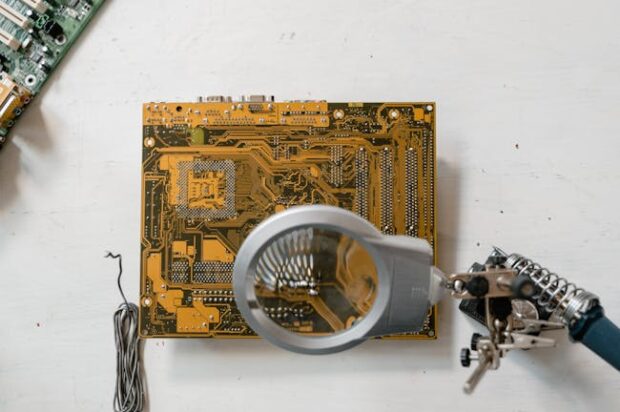Neuralink chip patient does more than play chess
Elon Musk’s tech firm Neuralink recently shared the story of their first-ever successful clinical trial for Neuralink. The lucky research participant Noland Arbaugh demonstrated on X (formerly Twitter) how he can play a chess video game using his mind.
Days after the amazing announcement, Arbaugh followed with more things he could do with his new brain implant.
READ: Neuralink implant raises ethical concerns
Believe it or not, he can use the chip to post on social media and play other video games, intending to prove that the brain chip can significantly help paralyzed patients and others with similar conditions.
What else can the Neuralink chip do?
First ever post made just by thinking, using the @Neuralnk Telepathy device! https://t.co/mj8GfiuDcD
— Elon Musk (@elonmusk) March 22, 2024
On March 21, the official Neuralink page showed the first patient to use Neuralink successfully. Arbaugh confirmed the chip’s capabilities by moving a mouse cursor to play computer chess using his mind.
Two days later, he posted on X, “Twitter banned me because they thought I was a bot, @X and @elonmusk reinstated me because I am.”
Later, Elon Musk retweeted or reposted his message with the caption, “First-ever post made just by thinking, using the @Neuralink Telepathy device!”
PCMag also reported that the Neuralink user played the PC game Civilization VI using his neural chip.
“It was awesome. I had basically given up on playing that game,” he said, citing the physical difficulty of playing the strategy game before his implant.
“I have to worry about a lot of things, like getting pressure sores, things like that. Now, I can just literally lie in my bed and play to my heart’s content.”
The news outlet said Arbaugh played for eight hours before needing to recharge his brain chip wirelessly.
How does the Neuralink chip work?

Another Inquirer Tech article explains how the Neuralink chip works. It described that the implant is roughly the size of a coin, similar to a US quarter.
The chip has threads that link to your brain. “It’s like replacing a piece of your skull with a smartwatch, for lack of a better analogy,” Musk said.
DJ Seo, a co-founder of Neuralink, demonstrated how the company would install chips into a human brain.
He showed a robot surgeon inserting threads into specific parts of a mannequin’s brain. Also, Seo explained that only a robot could provide the precision required for a safe procedure.
He said 64 of these threads take roughly 15 minutes. Christine Odabashian, the leader of Neuralink’s hardware insertion team, said they are too small for human hands.
“Imagine taking a hair from your head and sticking it into jello covered by saran wrap, doing that to a precise depth and precision, and doing that 64 times in a reasonable amount of time.”
The Neuralink chip required wireless charging. However, Seo explained that it would charge quickly while avoiding magnetic interference.
In 2020, the company showed a monkey playing Pong with its mind. This year’s Show and Tell event featured the primate typing words on a screen.
It moved a cursor to select and input letters, displaying messages like “type” and “welcome to show and tell.”
The demo further showed this monkey charging their Neuralink chips by sitting on a wireless charger.
The company said it wanted the final product to be easily upgradeable. Elon Musk said, “I’m pretty sure you would not want an iPhone 1 in your head if an iPhone 14 were available.”